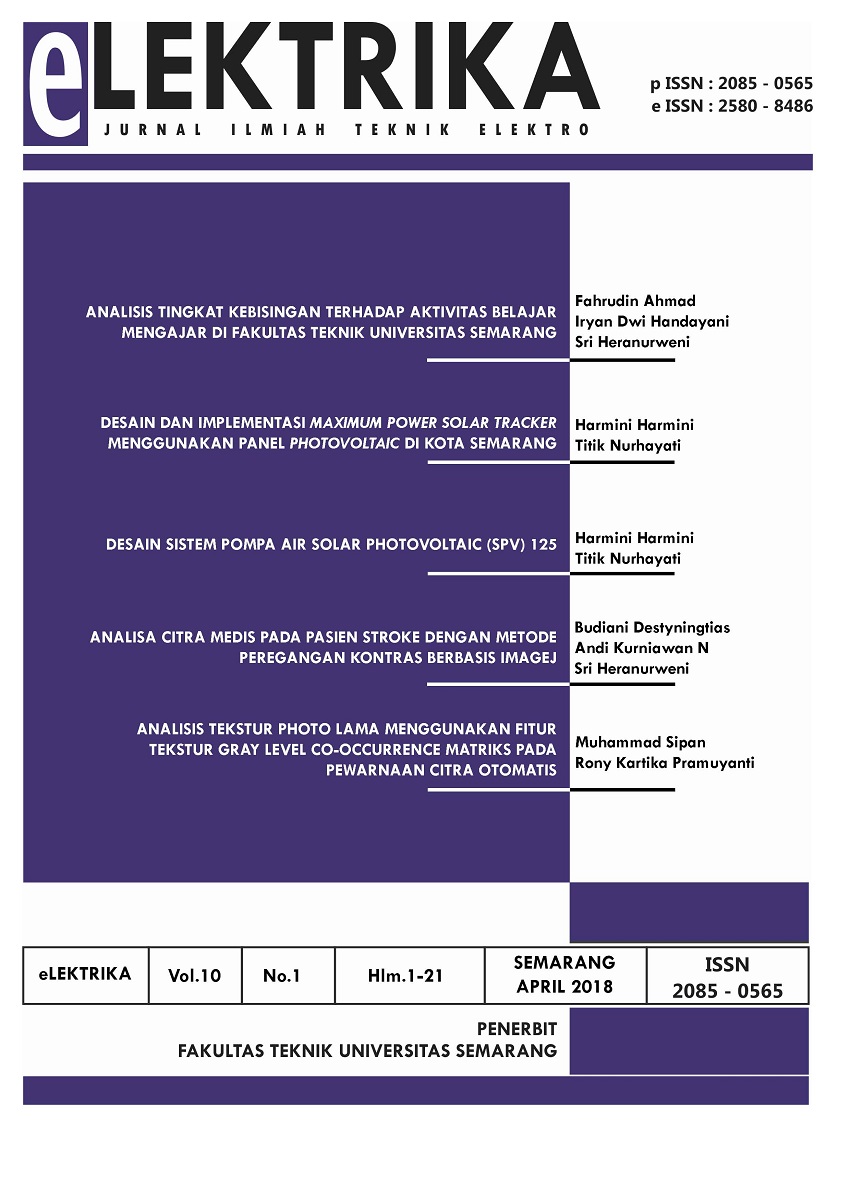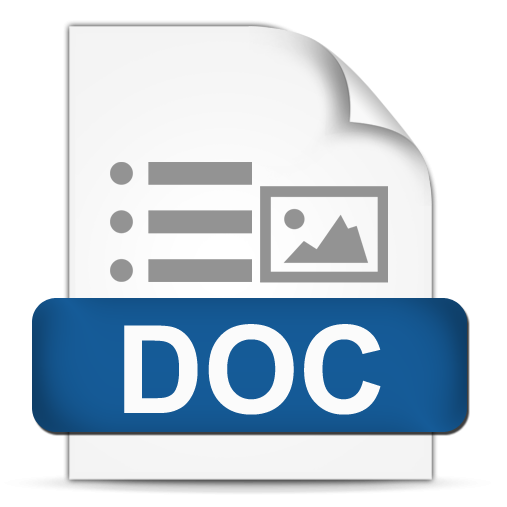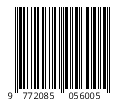ANALISIS TINGKAT KEBISINGAN TERHADAP AKTIVITAS BELAJAR MENGAJAR DI FAKULTAS TEKNIK UNIVERSITAS SEMARANG
DOI:
https://doi.org/10.26623/elektrika.v10i1.1116Keywords:
noise, lecture activities, acoustic quality standards of school buildingsAbstract
Optimal teaching or learning activities require a conducive and quiet environment because the high concentration required on its process. Campus area requires a quiet and silent environment. It is difficult for the urban areas to get a quiet campus environment. The study tries to reveal the evaluation on how the noise factors that occur during teaching and learning process. The study was conducted at Semarang University. The research method used is descriptive analytic method. Research shows that the building of engineering faculty (the A building) at Semarang University shows the proper noise level in line with the standard (School Acoustic Quality Standards). Besides, Semarang University must establish rules and policies to control the noise levels, to intensify the comfort of the lecture process. Based on the research results, the noise level on the Engineering faculty building of Semarang University has not been in line with the predetermined standard, which is more than (55 dB).
Keywords: noise, lecture activities, acoustic quality standards of school buildings
Downloads
References
Dwi P. Sasongko, dkk, 2000, Kebisingan lingkungan, Semarang, Badan Penerbit Universitas Diponegoro.
Justian A., 2012, Analisis Pengaruh Kebisingan terhadap Performa Siswa Sekolah Dasar di Ruang Kelas [Skripsi], Depok, Program Studi Teknik Industri, Fakultas Teknik, Universitas Indonesia.
Menteri Negara Lingkungan Hidup, 1996, Baku Tingkat Kebisingan, Surat Keputusan Mentri Negara No: Kep. 48/MENLH/XI/1996, tanggal 25 November 1996, Jakarta, Meneg LH.
Sularti, S., 2010, Kajian Kenyamanan Audial pada Ruang Kuliah (Studi Kasus).
Wignjosoebroto, Sritomo, 1992, Teknik Tata Cara dan Pengukuran Kerja, Jakarta, Penerbit Guna Widya.
Downloads
Published
Issue
Section
License
Authors who publish this journal agree to the following terms:
The author owns the copyright and grants the journal the first publication rights with the work simultaneously licensed under the Creative Commons Attribution 4.0 International License which allows others to share the work with recognition of the authorship of the work and initial publication in the journal.
Authors may enter into separate additional contractual agreements for non-exclusive distribution of the published journal version of the work (e.g., posting it to an institutional repository or publishing it in a book), in recognition of its initial publication in this journal.
Authors are allowed and encouraged to post their work online (e.g., in institutional repositories or on their websites) before and during the submission process, as it can lead to productive exchanges, as well as earlier and larger citations of published works (See The Effects of Open Access).

This work is licensed under the Creative Commons Attribution 4.0 International License.











